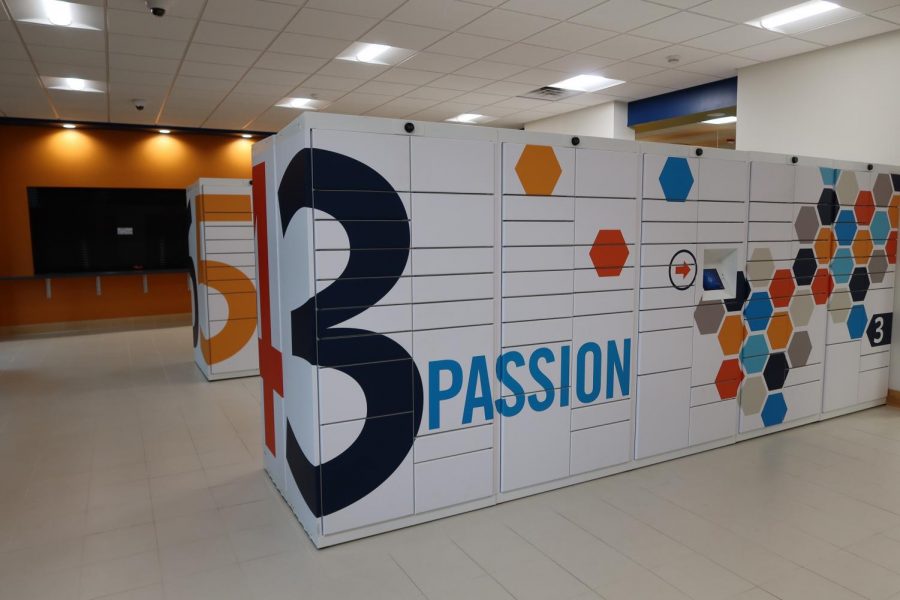Academic East and other summer updates open to students
September 5, 2019
Over the summer, the University completed numerous renovations and construction projects. The largest changes are in:
Academic East’s Debut:
Over the summer, the University finished its largest construction endeavor: Academic East. The space is available for student use for the 2019-2020 academic year. The $38 million investment and 78,000 square foot space houses upwards of 25 laboratories for the College of Engineering. In addition, the space includes more than 30 offices shared between the Department of Education and the College of Engineering, while also containing multi-purpose classrooms for students and staff.
Located between Bertrand Library and Academic West, Academic East strives to illustrate sustainability through a number of features, including a Green Wall, a balcony study area and walkway and skylights. At the convenience of students and faculty, there are intentional spaces dedicated to inducing a peaceful environment and nurturing productivity.
Before the construction of Academic East, the University’s nationally-ranked biomedical engineering department lacked sufficient facilities and borrowed from other departments. Now, the College of Engineering has approximately one dozen classrooms where students are able to learn about the physical world in a greater and more focused space for their concentration.
Through the dedication of this space to the College of Engineering, students and faculty will have the ability to learn in their concentration with comfort. Moreover, this addition will further inspire growth at the University and demonstrate the constructive environment in its entirety.
New to the Mailroom:
Student Mail Services has created a new 24-hour self-service mail locker system. With this system, students will receive an email that their package has arrived, along with a QR and numerical code. Once the student arrives at mailing services, they have the option of manually typing in the assigned numerical code or of scanning the QR code. Upon the completion of this step, the corresponding locker will automatically open.
The mailroom contains six rows with unique names, including Exploration, Ambition, Passion, Imagination, Innovation, and Dedication. The aforementioned titles encapsulate not only what the new system stands for, but what the University represents as a learning and growing community.
The benefits of this system include cutting wait times in line and allowing students to pick up packages at their convenience without being confined to the Mail Services hours (Monday through Friday, 8:30 a.m. to 4:15 p.m.).
It is important to note, however, that if a package is too large or is in a letter format, students will be directed to the Mail Services window to pick up their package.
Dorm Updates:
Over the summer, Smith Hall underwent a three-phase, $5.8 million project that replaced the HVAC system– a system that controls the environment– and created larger dorm units at the attic level. The first phase was dedicated to creating the larger dorm units, and the second and third phases were dedicated to the installation of fan coil units and piping within each dorm space. The new system will conserve energy and provide a better method for heating, cooling, and dehumidifying the space.
Other summer updates within the University include, but are not limited to, HVAC upgrades to Athletic Studio 2 and Kress Hall, carpet replacement and painting in the Bertrand Library and roof replacement in Hunt Hall.
Looking to the Future:
With construction beginning in the summer of 2020, the University has approved the construction of a new Freeman College of Management/Art and Art History Building. The new building will be a literal demonstration of how a liberal arts education works with an intertwining of the arts and management concentrations. This space will house collaborative classrooms, offices, and laboratories, among other features. The building, which will include entrances from Coleman Drive, Fraternity Road, and South Campus Drive, is estimated to be completed by the spring semester of 2021.





















